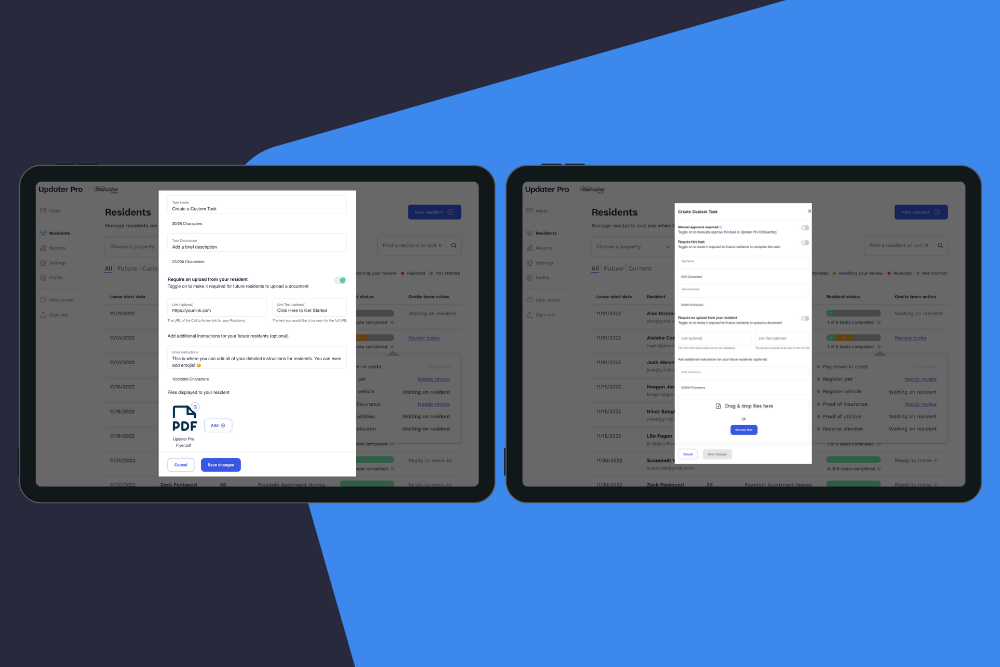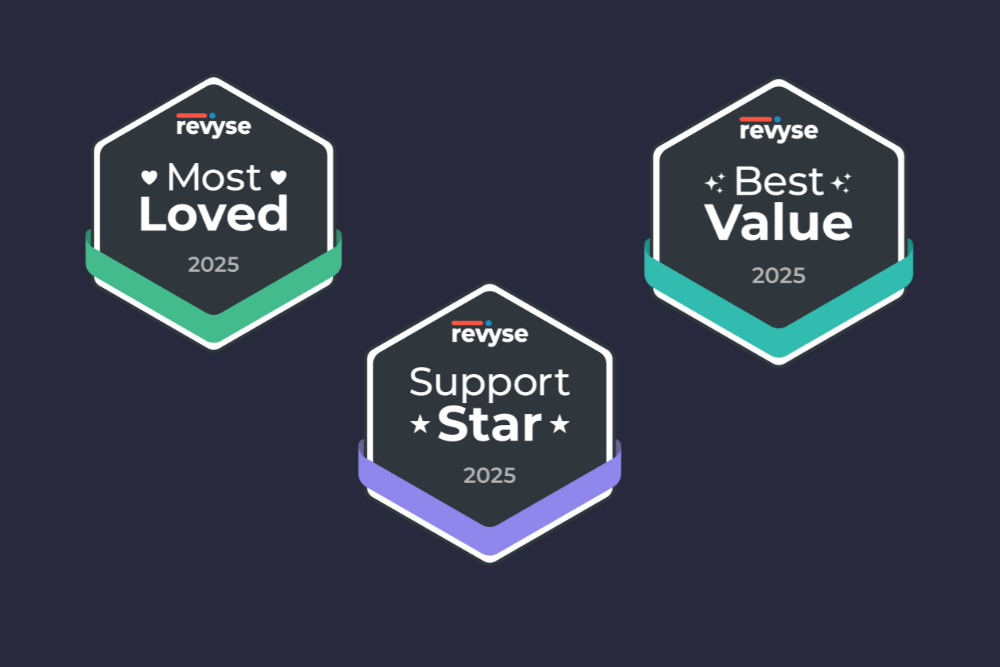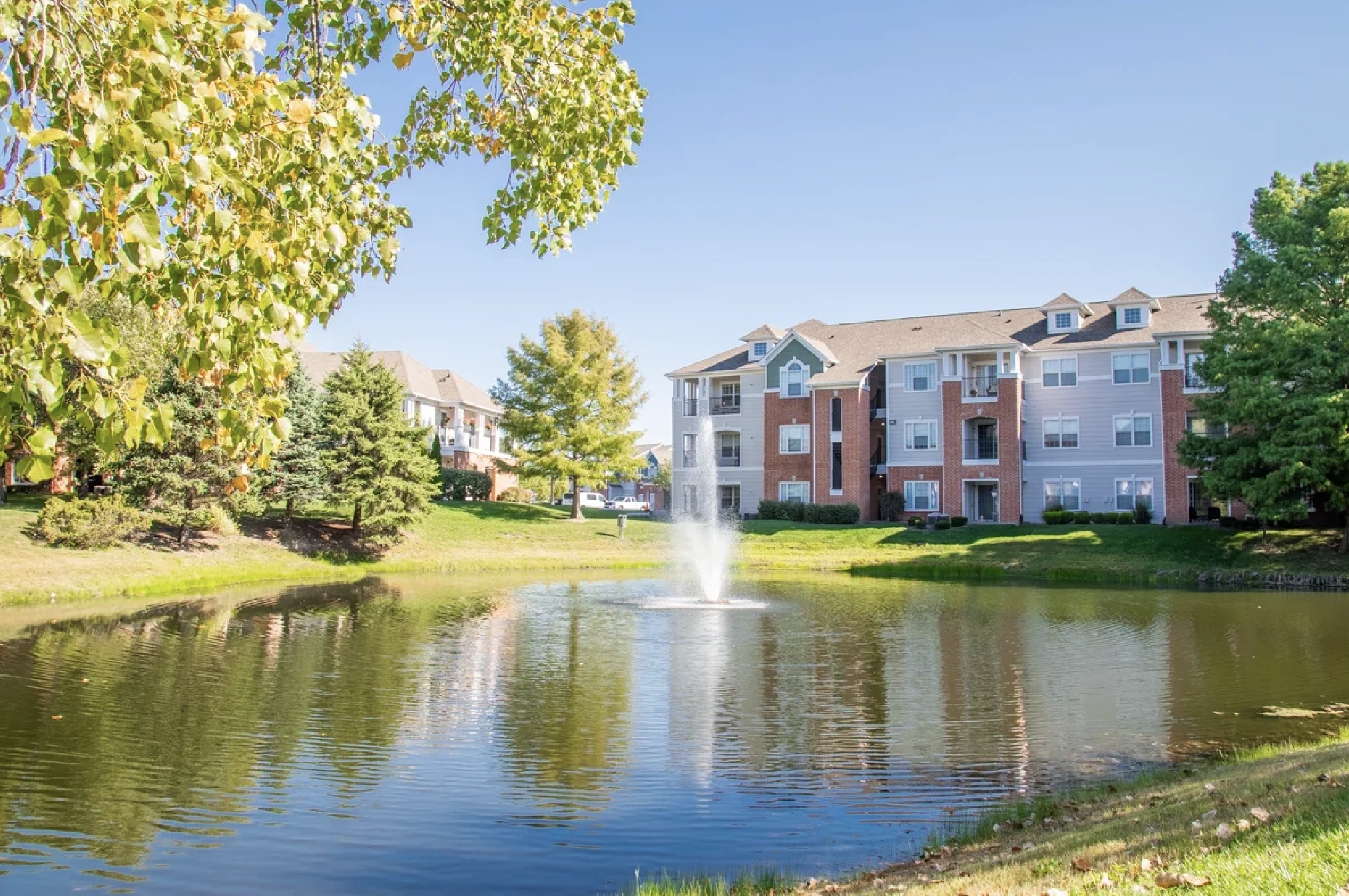Millennial Housing Trends: Everything You Need to Know

Keeping up with millennial housing trends could be one of the best investments you make this year. Roughly one in five millennials moved between 2016 and 2017, and they continue to shape the housing market as they go. With 20% of millennials looking for homes, they have a heavy influence on housing trends and how the market is flexing and adapting to their demands. If they aren’t already, in the near future, millennials will be driving a significant portion of your business, so it’s important to keep up with what they are looking for in new homes. To help you do just that, here is a handy guide to the priorities, challenges, and must-haves of millennials when it comes to choosing a home — whether they’re renting or buying.
How Millennial Housing Trends are Shaped
Millennials are Researchers
The rise of the internet and smartphones has empowered millennials to do their own research before making any financial commitments — large or small. Whether they are hunting for a good meal on Yelp, searching for the best moving company in their area, or watching a video walk-through of their dream home, millennial movers are researchers by nature. They have more information at their fingertips than any generation before them, enabling them to alter the housing market in favor of well-equipped and informed home hunters.
While millennials are often misunderstood as unreliable tweeters and Instagramming idealists, as home seekers, millennials drive for security, independence, and value. Where they differ, however, is how they search for a place to live. When it comes to home hunting, 99% of millennials use the internet to find their dream homes. They leverage technology by researching neighborhoods, school systems, and homes online, while setting up digital walkthroughs. Millennial housing trends revolve around this generation’s tech-savvy approach to the home search.
Millennials Need and Want Affordability
Many millennials have drawn short straws financially. With the rise in student loan debt, 46% of millennials now live with student loans, with a median debt of $27,000. What does this mean for millennial housing trends? This leads more millennials to rent for longer periods of time or move back home to save money. In fact, one-third of millennials between the ages of 24 and 34 were living with their parents in 2015, as they saved up for down payments and deposits.
Having grown up in the wake of the Great Recession, millennials tend to search for homes that they could still afford with a pay-cut or on minimum wage, in the event that the economy takes a hit. Keep this in mind when appealing to millennials. Home price will usually make or break a decision before home size will.

Millennial Housing Trends Favor Historic Details
This young generation has a thing for the past. While they want top-of-the-line appliances and recessed lighting, they are also drawn to the charm and style of older home designs. The three hottest styles and touches that millennials are searching for are mid-century modern, pre war details, and Mediterranean style. If you are renting or selling a property that fits one of these styles, lucky you! You could be sitting on a millennial’s dream home. If not, you can still appeal to their sensibilities with a few minor adjustments like the addition of crown moldings, or with the help of virtual staging tools.
Millennials Aren’t Afraid to Move
Millennials are willing to travel and relocate for secure jobs, safe neighborhoods, and their desired quality of life. Millennial housing trends show young couples and families are migrating to areas where the unemployment rates and the cost of living are lower. Cities such as Des Moines, IA and Pittsburgh, PA, became some of the most popular cities for millennial movers last year. In these areas, the unemployment rates hover around 2-3%, and the housing costs are far lower than those of cities like San Francisco and New York.
What Brokerages Should Know about Millennial Housing Trends
Keep it within budget
With the added expense of student debt and the increase in housing prices, the need for their homes to be affordable often leads millennial buyers to purchase smaller properties. The median size of homes that millennials buy is 1,800 square feet. This is more than 200 square feet smaller than both Gen Xers and Baby Boomers. Keep this smaller space requirement in mind when showing homes to millennials to ensure they get the upgrades they want, within their budget.
They know what they want
Given that most millennials are moving from a rental or out of a family home, many young buyers have the time to narrow down their search before stepping foot in a home. Though millennials might not need to see as many properties as previous generations, they still take about eight weeks to make a decision. Listening to what millennial home buyers are willing to compromise on, and what they are not, will help you show them homes that they will truly love.

Make sure your photos are on point
Photos are very important to 90% of buyers under the age of 62. To keep up with millennial housing trends, you’ll want to be sure that millennials can find you, and that when they do, your photos are of the best quality possible. Pictures should highlight the interior and exterior of homes whenever possible, be well-lit, in focus, and give the viewer an idea of dimensions. Avoid using any filters or image-distorting lenses, as they can be off-putting and hard to make out.
Maintain an outstanding online presence
New to the housing market, millennial home buyers will need your help navigating the industry. Consequently, 75% of them want help from agents to better understand the buying process. As realtors, you have the inside scoop on how the housing industry works. Sharing this information with millennial clients will not only help them make wise decisions, but it will also help you gain their trust and confidence, which could land you both repeat business and referrals.
Beyond educating clients face-to-face, brokerages can leverage blogs and social media to gain an online presence and attract millennial home buyers. By taking a tech-savvy approach to client outreach, you can reach the 99% of millennials using the internet to find their homes and information about the housing market. Additionally, using online platforms and apps can help to maximize your time, lower overhead costs, and simplify life for your clients.
What Property Managers Should Know About Millennial Housing Trends
Amenities make a difference
While more millennials are venturing into the suburbs, they still want to live near cities or within walkable neighborhoods with lively downtown areas. You can bring the energy of a downtown neighborhood to millennials with building-wide amenities and activities. Adding a dog run to a pet-friendly building, a fitness room with a class schedule, or a game room can add value and a sense of community for your residents. Some other quality investments include:
-
Welcoming communal workspaces
-
Rooftop lounges
-
Outdoor dining options
-
Smart home features
-
Monthly social events
Millennials are renting longer
Because of this millennial housing trend, many millennials are ditching the starter homes and renting spaces that they can grow into. They are looking for rental properties that are family friendly and give the feeling of a full home. With this in mind, appealing to millennials now means predicting their needs in the future. Millennials need open floor plans for family gatherings, ample storage space both within and outside of the units, bathtubs, and energy-efficient upgrades. Additionally, by giving millennial families outdoor spaces to play and socialize, trash rooms on each floor, and a washer/dryer in every unit, you can ensure that the home will fit millennial families as they grow.

When in doubt, upgrade
Millennials want upgrades. A massive 75% want new appliances. You can appeal to millennial renters by trading out the old stove, upgrading the carpet to hardwood or the laminate to granite. You will also want to equip each unit with high-speed Wi-Fi. Whether it is for their entertainment, social or career needs, millennials undoubtedly require access to high-speed internet.
Additionally, millennial housing trends call for high-end finishes like granite countertops and stainless steel appliances. Other trending features include:
-
Hardwood or stone floors throughout
-
Open floor plans
-
Energy efficient appliances
-
In-home office spaces
-
Smart home features like lighting, thermostats, and security systems
Embrace technology
Most millennials not only understand technology, but embrace it. There is an app for just about everything, including home security and other smart home features. Keeping up with this millennial housing trend is a smart investment. It might seem daunting, but substituting smart light bulbs or a smart lock in each unit can increase rental prices, as millennials are willing to pay 20% more each month for smart home features.
Millennial housing trends can be hard to keep up with, but we hope that this guide helps you to appeal to this generation and give them what they want. With a few alterations and tech-savvy additions, you can be sure to stay on-trend, and please millennial home seekers.














